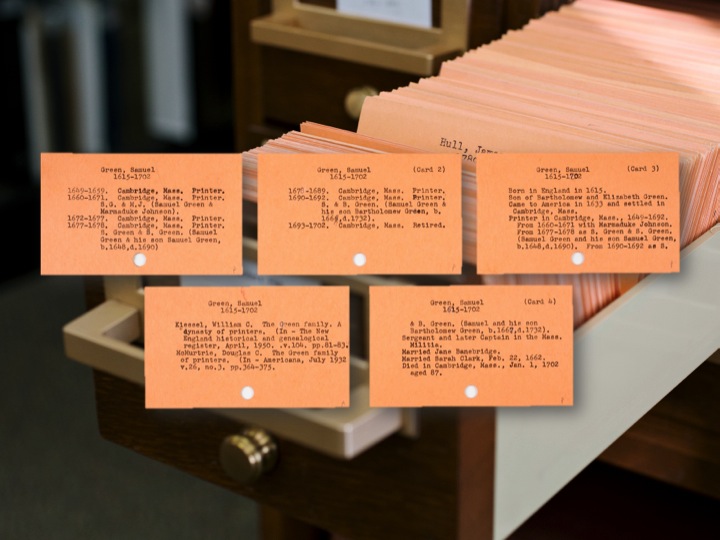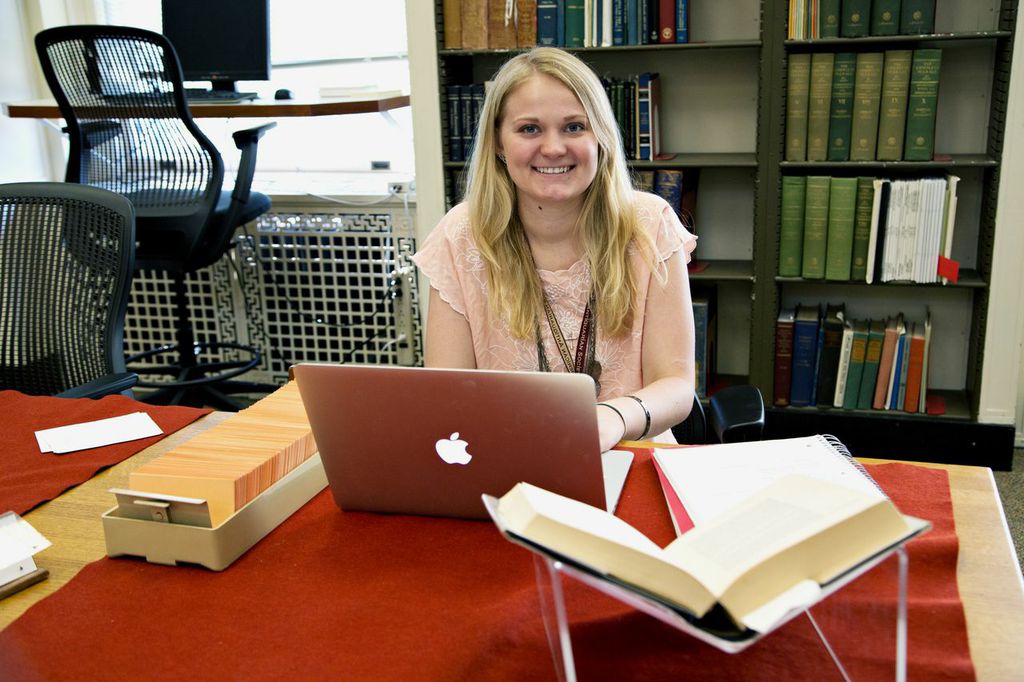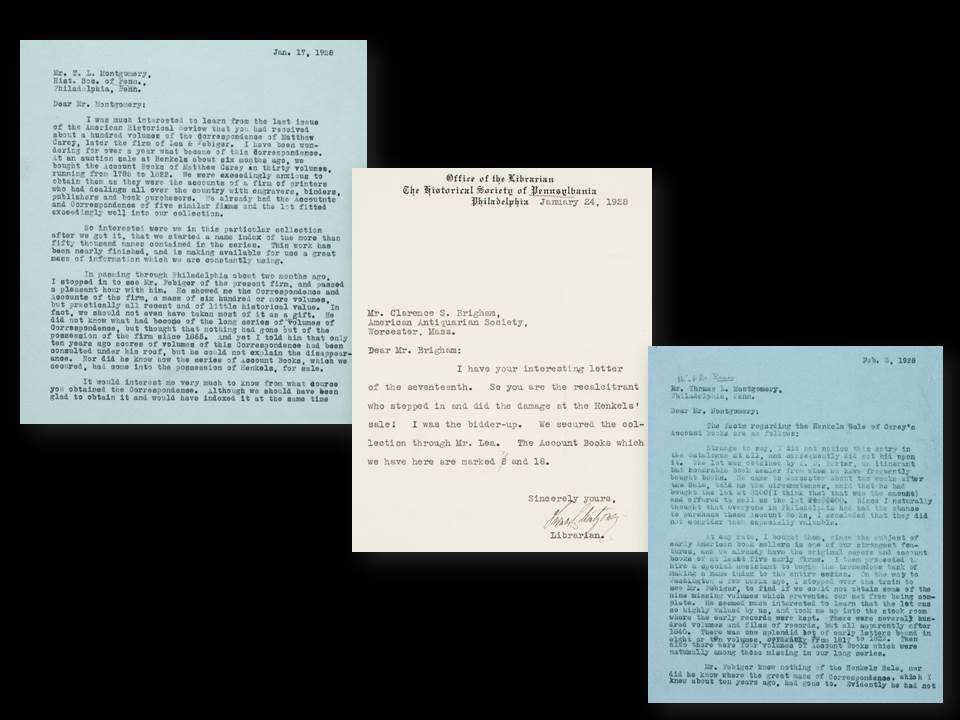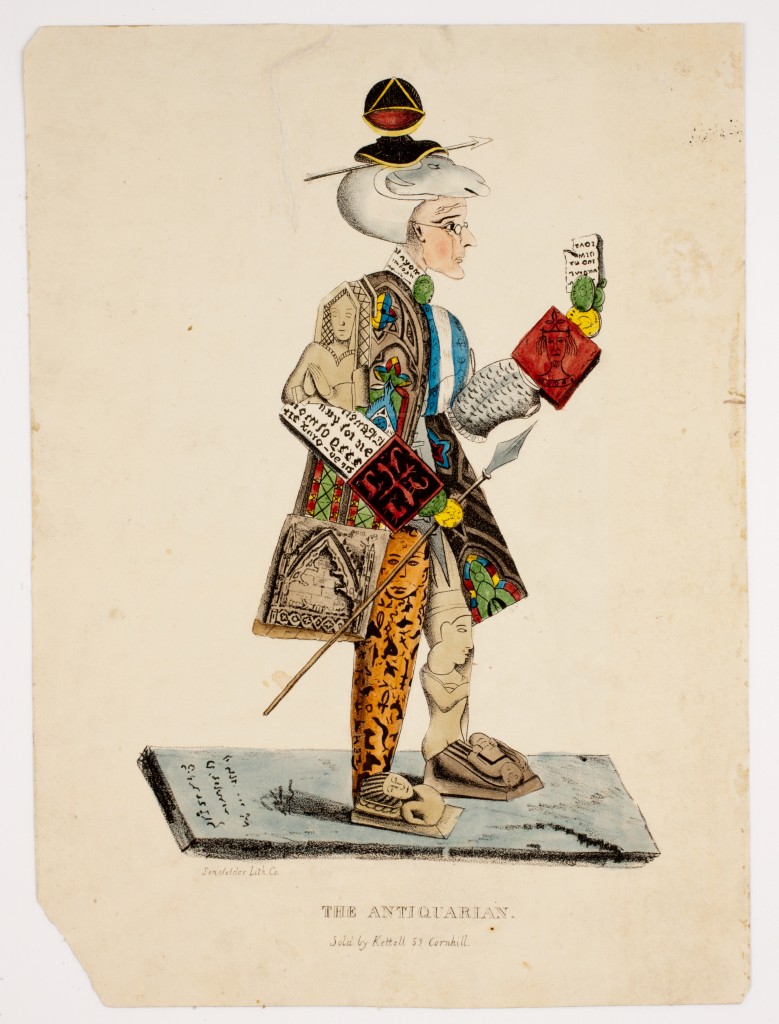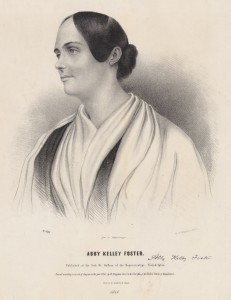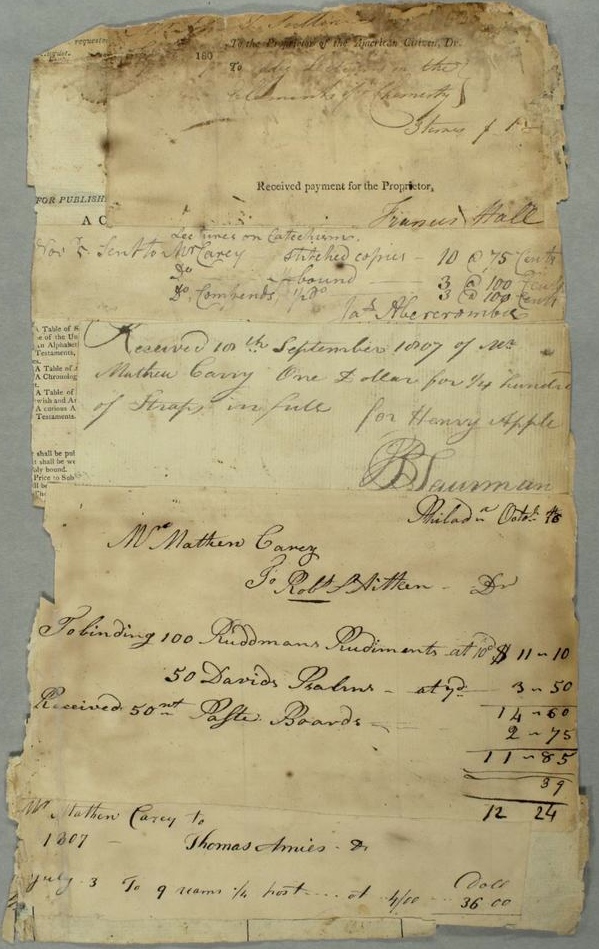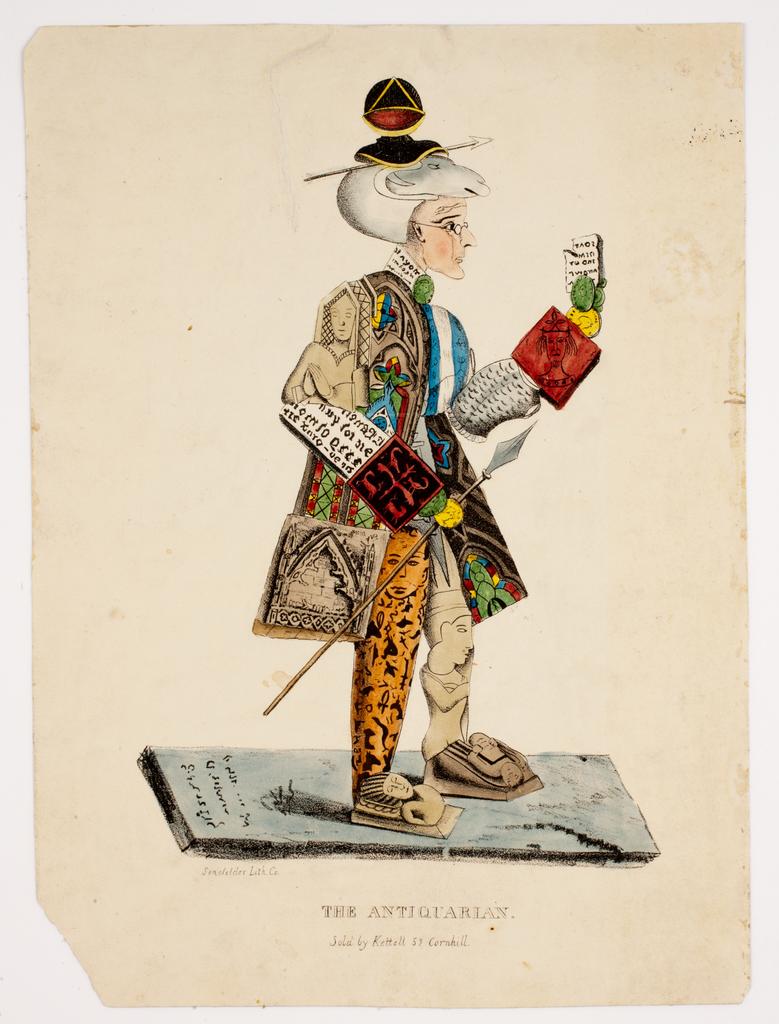
What do Red Jacket, Pompey Fleet, James Macpherson, Mary Washington, and Geoffrey Chaucer have in common? They all are depicted in, influences for, or creators of the 300 (give or take a few, depending on how you count them) broadside ballads Isaiah Thomas collected from Boston printer Nathaniel Coverly in 1814. Mostly printed in Coverly’s ...



